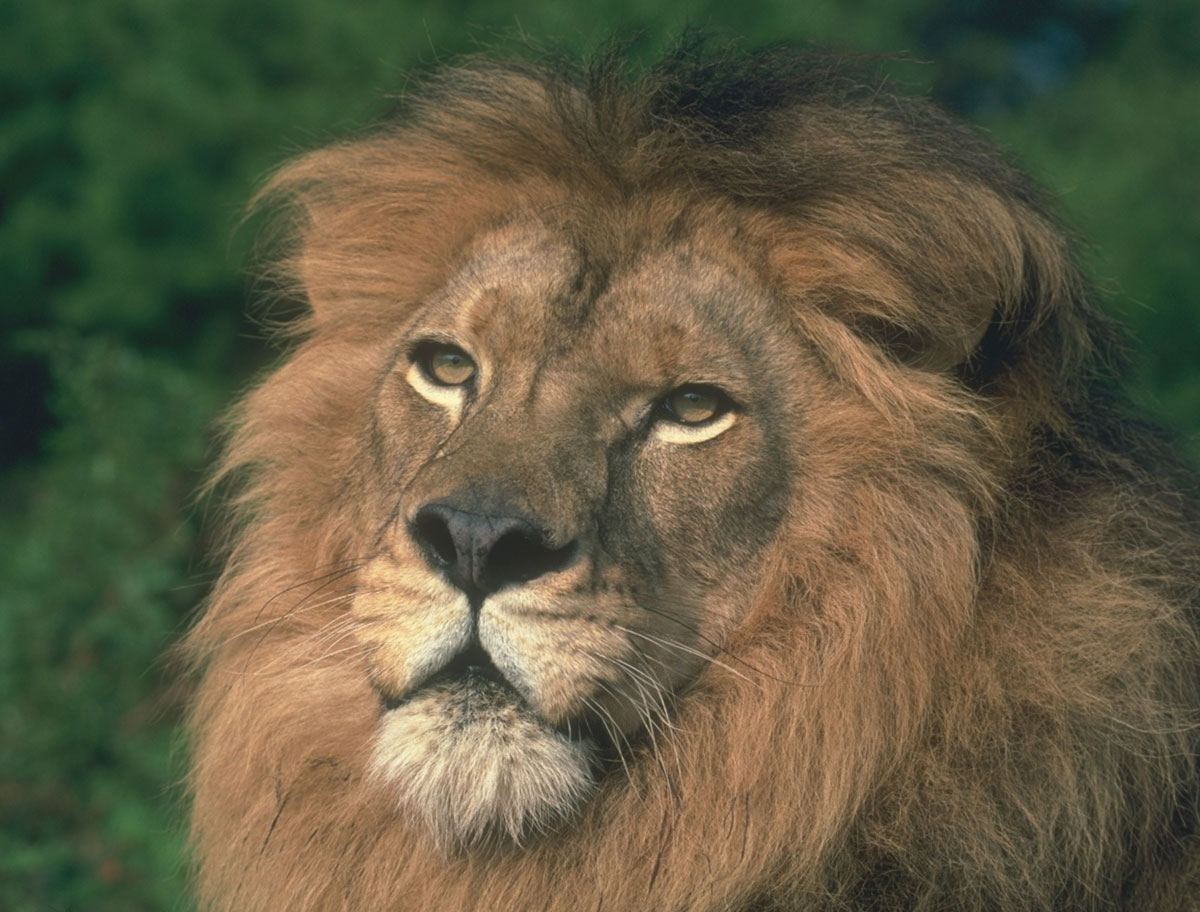CITES CoP 16 March, 2013, Bangkok, Thailand
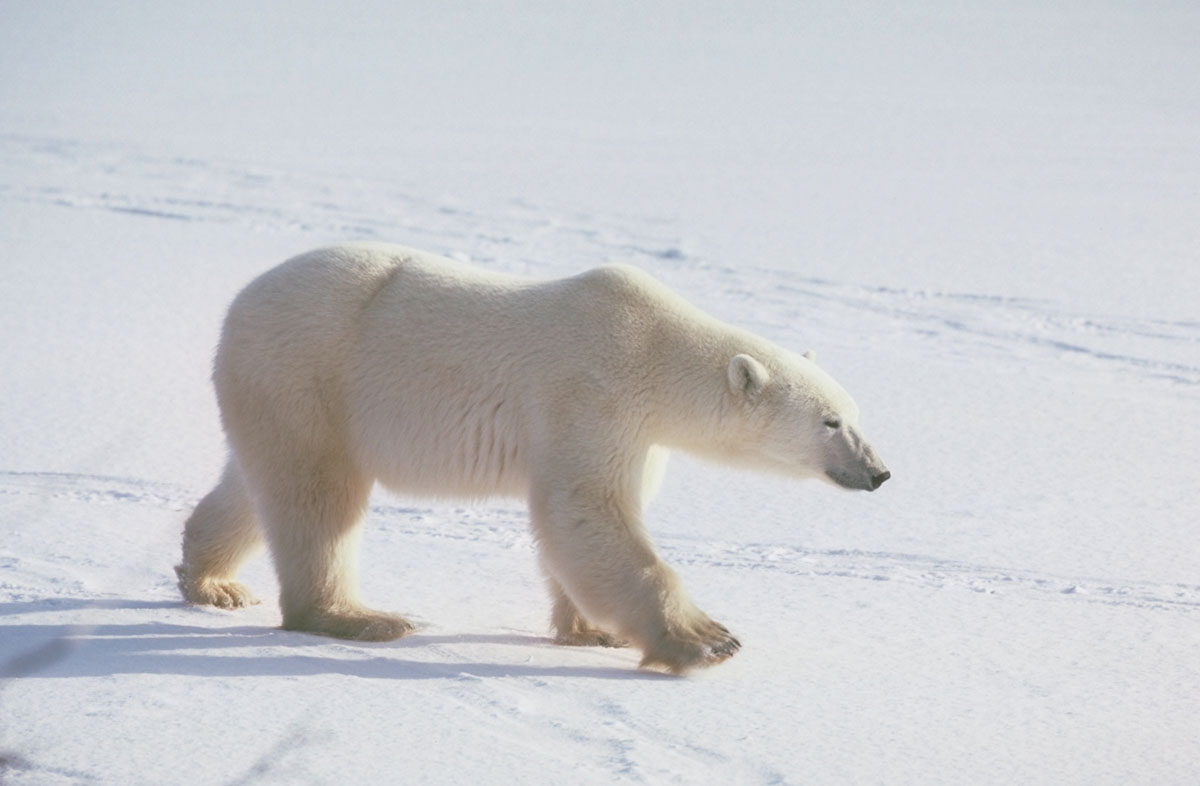 Polar bears, rhinos, elephants and lions topped Safari Club International’s (“SCI”) concerns at the 16th Conference of the Parties (“CoP 16”) of the Convention on International Trade in Endangered Flora and Fauna (“CITES”) held this year from March 3rd to March 14th in Bangkok, Thailand.  SCI has sent a Delegation to attend CITES CoPs since 1985 because of the impact CITES decisions can have on the hunting and conservation of many game species around the globe.
Polar bears, rhinos, elephants and lions topped Safari Club International’s (“SCI”) concerns at the 16th Conference of the Parties (“CoP 16”) of the Convention on International Trade in Endangered Flora and Fauna (“CITES”) held this year from March 3rd to March 14th in Bangkok, Thailand.  SCI has sent a Delegation to attend CITES CoPs since 1985 because of the impact CITES decisions can have on the hunting and conservation of many game species around the globe.
CITES is an international treaty to which 178 nations are parties.  The treaty came into effect in 1973.  CITES is very different from other treaties between sovereign nations in that non-government organizations (“NGOs”) concerned with one or more species of flora and fauna or involved in wildlife conservation may, if recognized by the country in which they are organized, be accepted as an NGO by CITES, and have the right to participate at the various meetings of the CITES Committees and at the CoPs held every 2½ to 3 years.  The purpose of CITES is to regulate international trade in species that have met certain scientific criteria related to ascertaining whether their numbers are declining and their range is declining so that continued international trade in the species will threaten it (listing on Appendix II) or endanger it (listing on Appendix I).  The international shipment of a hunting trophy is generally not prohibited because it is not trade for primarily commercial purposes but is a taking and subsequent international shipment for personal use.  Thus, for example, even though its population of elephants is listed on Appendix I in Tanzania there is a CITES set sport hunting quota for Tanzania because the export of specimens from this small hunting quota has been determined by Tanzania, pursuant to its obligations under CITES, not to be detrimental to the elephants’ survival in the wild.
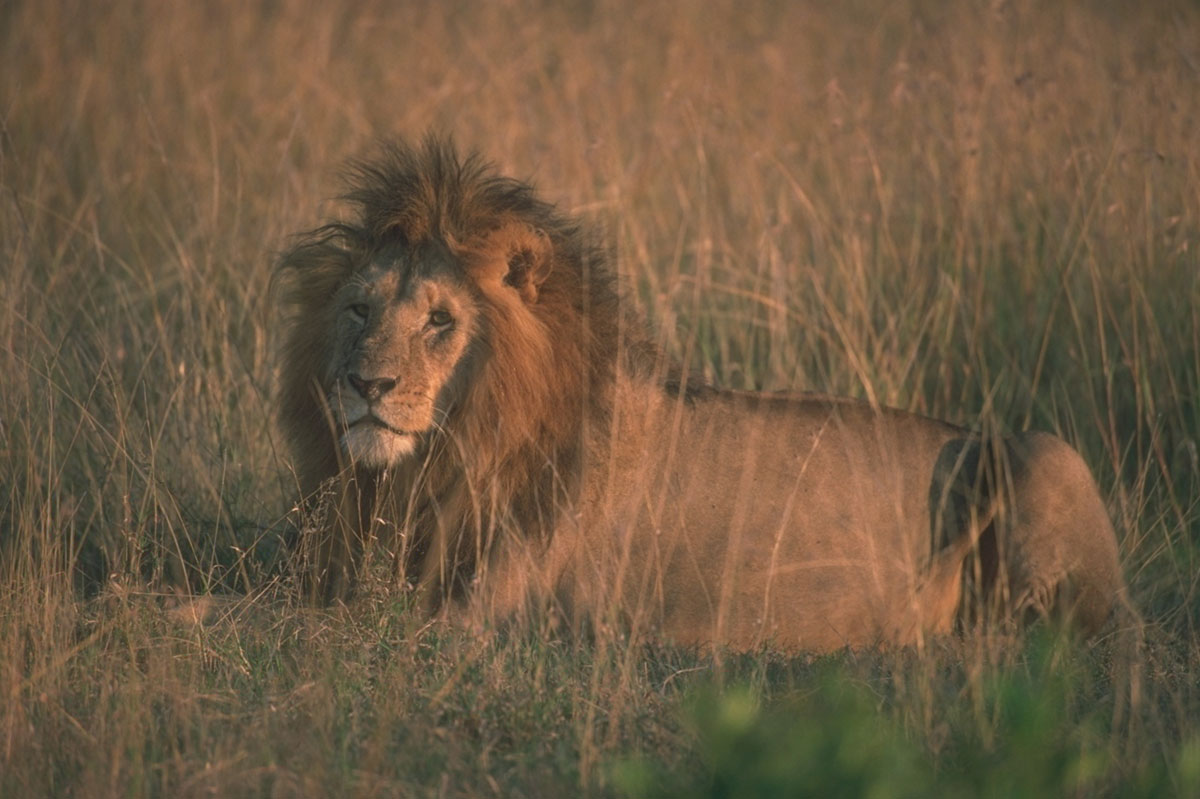 Each of SCI and Safari Club International Foundation (“SCIF”) sent three person Delegations to CoP 16.  Both Delegations, again, as they have done for the last three CoPs, worked very closely with the delegation sent by FACE (the “Federation of the Hunting Associations of the EU”) to CoP 16.  Our Delegations and FACE’s preparatory work for CoP 16 began in earnest just after October 4, 2012, the date by which the CITES parties had to submit any proposals to list, or to change a listing of a species on Appendix II (a threatened species) or on Appendix I (an endangered species).  Shortly after that date we learned that Kenya proposed banning the export of white rhino hunting trophies from South Africa.  Kenya also proposed that a nine (9) year moratorium on trade in elephant ivory which came into effect after CoP 14 for Botswana, Namibia, South Africa and Zimbabwe, which received permission to sell their government stores of ivory from natural mortality, be extended to apply to any other African range states with elephants which might wish to transfer their elephant populations from Appendix I to Appendix II after CoP 14.  In addition, the United States again proposed uplisting the polar bear from Appendix II to Appendix I which uplisting would effectively stop polar bear hunting by non-Canadian hunters.
Each of SCI and Safari Club International Foundation (“SCIF”) sent three person Delegations to CoP 16.  Both Delegations, again, as they have done for the last three CoPs, worked very closely with the delegation sent by FACE (the “Federation of the Hunting Associations of the EU”) to CoP 16.  Our Delegations and FACE’s preparatory work for CoP 16 began in earnest just after October 4, 2012, the date by which the CITES parties had to submit any proposals to list, or to change a listing of a species on Appendix II (a threatened species) or on Appendix I (an endangered species).  Shortly after that date we learned that Kenya proposed banning the export of white rhino hunting trophies from South Africa.  Kenya also proposed that a nine (9) year moratorium on trade in elephant ivory which came into effect after CoP 14 for Botswana, Namibia, South Africa and Zimbabwe, which received permission to sell their government stores of ivory from natural mortality, be extended to apply to any other African range states with elephants which might wish to transfer their elephant populations from Appendix I to Appendix II after CoP 14.  In addition, the United States again proposed uplisting the polar bear from Appendix II to Appendix I which uplisting would effectively stop polar bear hunting by non-Canadian hunters.
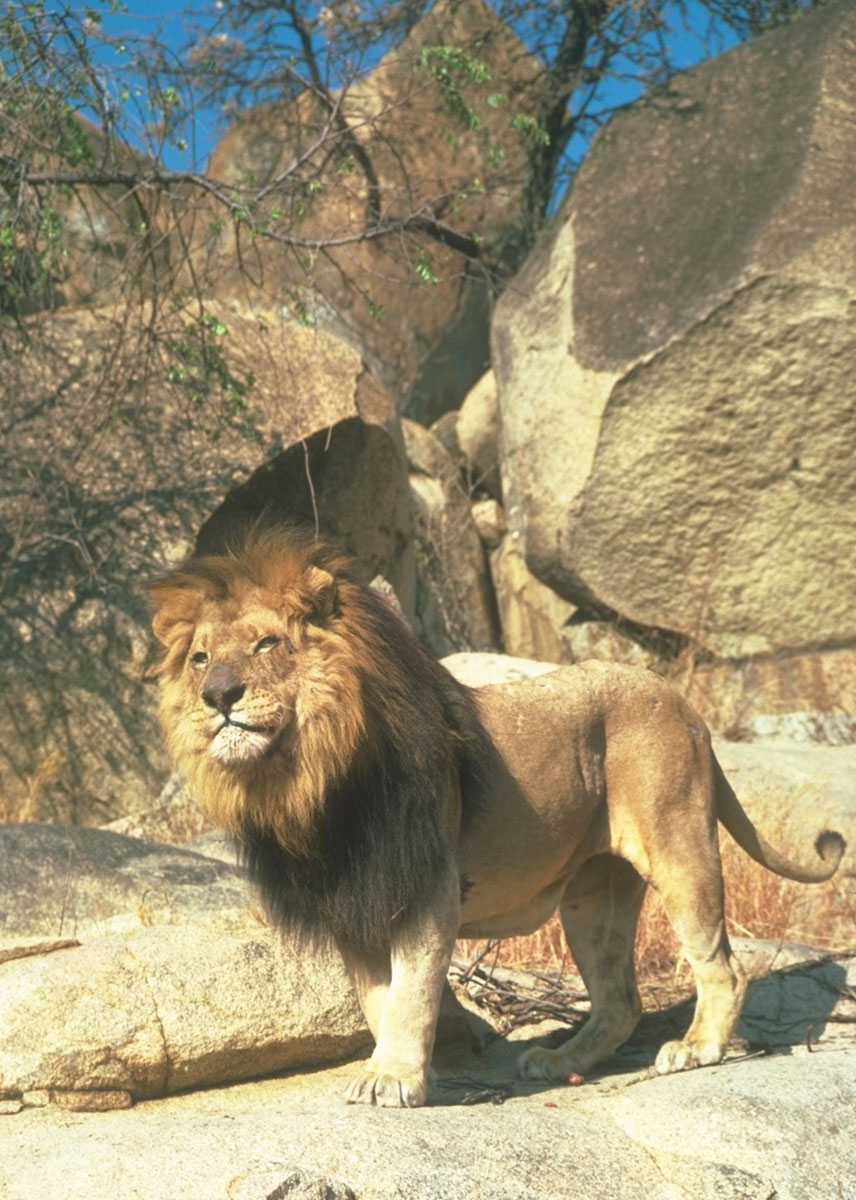 With this knowledge, our Delegations began work on our “Sustainable Use Guide, CITES CoP 16 to the Species Proposals and Working Documents.”  SCI and SCIF have produced this Guide for CoPs 14, 15 and 16.  It is printed in color and in the three working languages of CITES, English, Spanish and French.  The Guide presents each Listing Proposal, a Summary of the Proposal and our Recommendations to the parties’ delegates as to whether they should support or reject the Proposal.  The Guide also includes recommendations of positions on all of the other issues discussed during the CoP and as a consequence is 90 pages long.  We also produced and distributed the Guide on flash drives.  We produced the Guide in order to present the sustainable use viewpoint about the Listing Proposals and about other matters before the CoP.  We do this to counter a similar Guide produced by the Species Survival Network (“SSN”), a network of over 100 animal protectionist groups around the world.  The SSN network was initiated by the Humane Society of the US through its international arm, the Humane Society International.  SSN claims hundreds of staffers and millions of dollars in budgets for its members all devoted to the non-use and complete protection of animals the network deems threatened such as polar bears, elephants, rhinos, tigers, marine species such as sharks and manta rays and others.
With this knowledge, our Delegations began work on our “Sustainable Use Guide, CITES CoP 16 to the Species Proposals and Working Documents.”  SCI and SCIF have produced this Guide for CoPs 14, 15 and 16.  It is printed in color and in the three working languages of CITES, English, Spanish and French.  The Guide presents each Listing Proposal, a Summary of the Proposal and our Recommendations to the parties’ delegates as to whether they should support or reject the Proposal.  The Guide also includes recommendations of positions on all of the other issues discussed during the CoP and as a consequence is 90 pages long.  We also produced and distributed the Guide on flash drives.  We produced the Guide in order to present the sustainable use viewpoint about the Listing Proposals and about other matters before the CoP.  We do this to counter a similar Guide produced by the Species Survival Network (“SSN”), a network of over 100 animal protectionist groups around the world.  The SSN network was initiated by the Humane Society of the US through its international arm, the Humane Society International.  SSN claims hundreds of staffers and millions of dollars in budgets for its members all devoted to the non-use and complete protection of animals the network deems threatened such as polar bears, elephants, rhinos, tigers, marine species such as sharks and manta rays and others.
In addition to the polar bear, rhino and elephant proposals, our Delegations were concerned that an attempt might be made to curtail lion hunting in some or all of the African lion range states.  The current ongoing “Periodic Review” of lions being conducted by Kenya and Namibia was scheduled for discussion on the third day of the CoP and SCI thought there might be an attempt to place restrictions on lion hunting before the conclusion of the Periodic Review.  Periodic Review is a CITES process that is designed to review all relevant data on a species in order to analyze whether a change in its listing as threatened or endangered should be recommended.
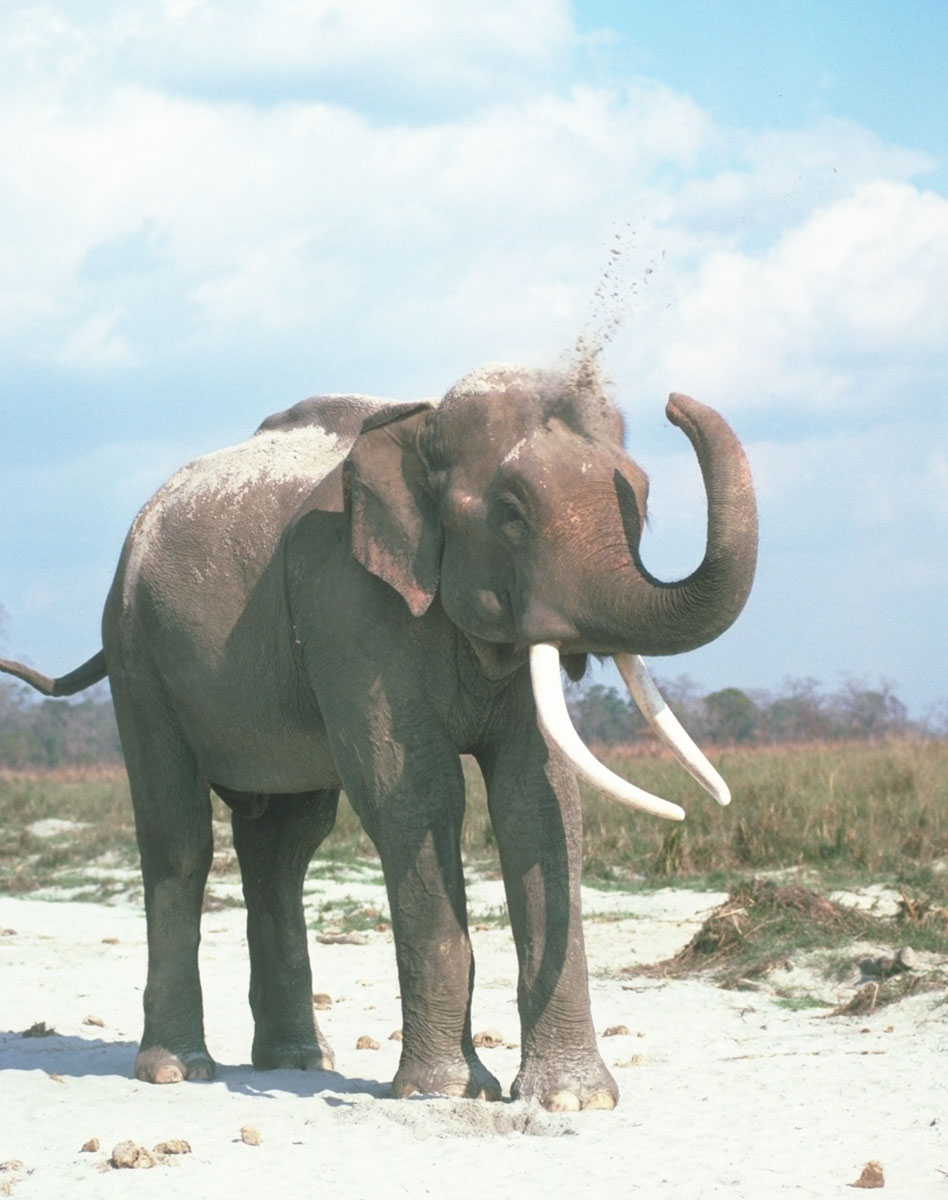 The CITES CoPs operate procedurally through decisions made in two Committees known as Committee I and Committee II.  The chairs of each of these two Committees present the listing proposals and other documents to the parties’ delegates in each Committee for discussion and adoption or rejection.  The Chairs try and reach consensus or unanimity on each matter.  If a Chair cannot obtain consensus on a proposal, the Chair can ask for suggestions for changes that could be accepted by all the parties.  In some instances, if the Chair feels a rewording or change in a proposal may make it acceptable to all the parties the Chair has the authority to appoint a “Working Group” (“WG”) composed usually of parties and NGOs selected and appointed by the Chair.  The WGs meet before or after the Committee sessions and during the 2-hour lunch breaks to try and work out a compromise that will be acceptable to all parties.  If the Chair feels a proposal cannot achieve consensus even after a WG has considered it, the Chair, or a party on its own motion, may call for a vote of the parties.  A proposal to list or change the listing of a species requires a 2/3rd vote of the parties present and voting “yes” or “no” to pass and other matters usually only require a majority vote to pass.  Finally, any decision made in Committee I or II may be reopened in the Plenary Sessions held in the last two days of each CoP on a motion supported by a second and a vote to reopen supported by one-third (1/3) of the nations present in the Plenary Session.
The CITES CoPs operate procedurally through decisions made in two Committees known as Committee I and Committee II.  The chairs of each of these two Committees present the listing proposals and other documents to the parties’ delegates in each Committee for discussion and adoption or rejection.  The Chairs try and reach consensus or unanimity on each matter.  If a Chair cannot obtain consensus on a proposal, the Chair can ask for suggestions for changes that could be accepted by all the parties.  In some instances, if the Chair feels a rewording or change in a proposal may make it acceptable to all the parties the Chair has the authority to appoint a “Working Group” (“WG”) composed usually of parties and NGOs selected and appointed by the Chair.  The WGs meet before or after the Committee sessions and during the 2-hour lunch breaks to try and work out a compromise that will be acceptable to all parties.  If the Chair feels a proposal cannot achieve consensus even after a WG has considered it, the Chair, or a party on its own motion, may call for a vote of the parties.  A proposal to list or change the listing of a species requires a 2/3rd vote of the parties present and voting “yes” or “no” to pass and other matters usually only require a majority vote to pass.  Finally, any decision made in Committee I or II may be reopened in the Plenary Sessions held in the last two days of each CoP on a motion supported by a second and a vote to reopen supported by one-third (1/3) of the nations present in the Plenary Session.
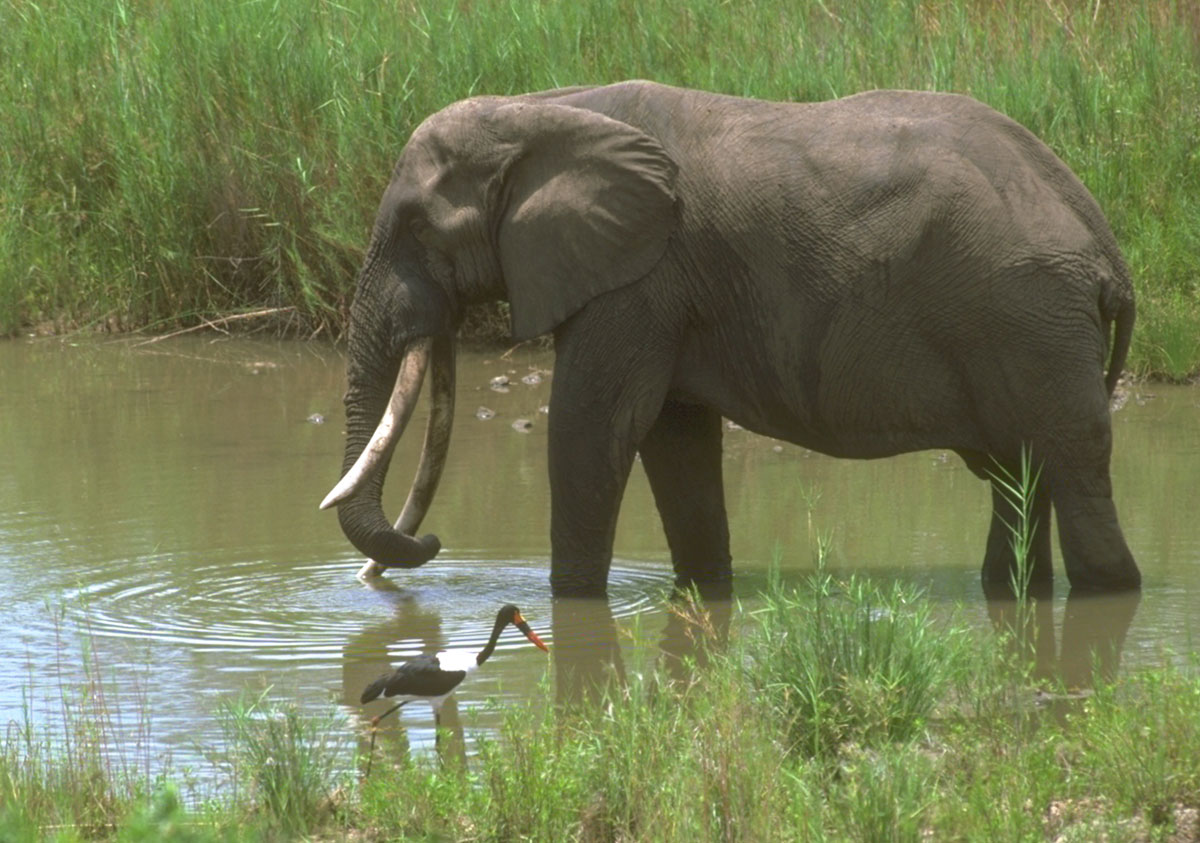 The Delegations began lobbying against the Kenyan Elephant and Rhino proposals, the U.S. Polar Bear proposal and any change in the Lion’s status as soon as the Conference got underway on March 3rd.  Unfortunately, the Prime Minister of Thailand who opened the Conference told the over 2,000 Delegates from the 150 countries then present that there is a crisis in elephant and rhino poaching driven by worldwide criminal syndicates which will require significant financial resources to fight and thus she set the tone for the hundreds of animal protectionist NGOs attending the conference.
The Delegations began lobbying against the Kenyan Elephant and Rhino proposals, the U.S. Polar Bear proposal and any change in the Lion’s status as soon as the Conference got underway on March 3rd.  Unfortunately, the Prime Minister of Thailand who opened the Conference told the over 2,000 Delegates from the 150 countries then present that there is a crisis in elephant and rhino poaching driven by worldwide criminal syndicates which will require significant financial resources to fight and thus she set the tone for the hundreds of animal protectionist NGOs attending the conference.
The morning of the second day of the Conference was taken up by regional meetings of the parties.  After the African regional meeting it was reported to us that Kenya was heavily criticized at the meeting for its rhino and elephant proposals.  Kenya was criticized for its rhino proposal because it had not engaged in bi-lateral consultations with the African range states with populations of white rhino and, second because banning the export of white rhino hunting trophies from South Africa, after all of the work South Africa had gone to to vet hunters and to control hunting for rhinos for trade in their horns, would greatly retard South Africa’s governmental and private initiatives for the propagation of white rhino populations.  Likewise Kenya did not discuss its elephant proposal bilaterally and almost all agreed that Kenya’s proposal was completely contrary to the CITES decision at CoP 14.  It was also reported that Kenya was contemplating withdrawing both its elephant and rhino proposals when they would come to the floor for action in Committee II.
In the afternoon of the second day of CoP 16, after the morning regional meetings, Committee I and Committee II began their deliberations.  All of the proposals to list or to change a listing of a species in Appendix were to come before Committee I.  Committee II would deal with many other proposed decisions and documents.  These would include the adoption of a document on guidelines for the making of the non-detriment, scientifically-based findings (“NDFs”) required to be made by a party before issuing export permits for elephant, rhino, leopard, bontabok and for other Appendix I or II listed big game species.  Also a document was proposed by the United States, South Africa and Botswana clarifying the details required to describe leopard hunting quotas on export permits in a fashion which would stop the seizure of leopard trophies by the United States authorities.
Our Delegations were divided up with at least two members sitting in each Committee room.  Any Delegation members not sitting in the Committee rooms circulated in the halls, as did all our Delegations’ members before and after the Committee Sessions.  This circulation is for the purpose of approaching party delegations and lobbying them on our positions on the Appendix listing proposals and on the other issues discussed in this article, which are of concern to us.
On the fourth day of the CoP, the strategy developed among us and several African lion range states to prevent any possible change in lion hunting at CoP 16 paid off.  The parties in Committee I agreed to complete the Period Review of lions and thus to put off any possible action detrimental to lion hunting until CoP 17.  The Periodic Review being conducted by Kenya and Namibia will be presented to the CITES Animals Committee in one year and this Committee will then report to the CITES Standing Committee which will make a recommendation on lions for action at CoP 17 in 2016.
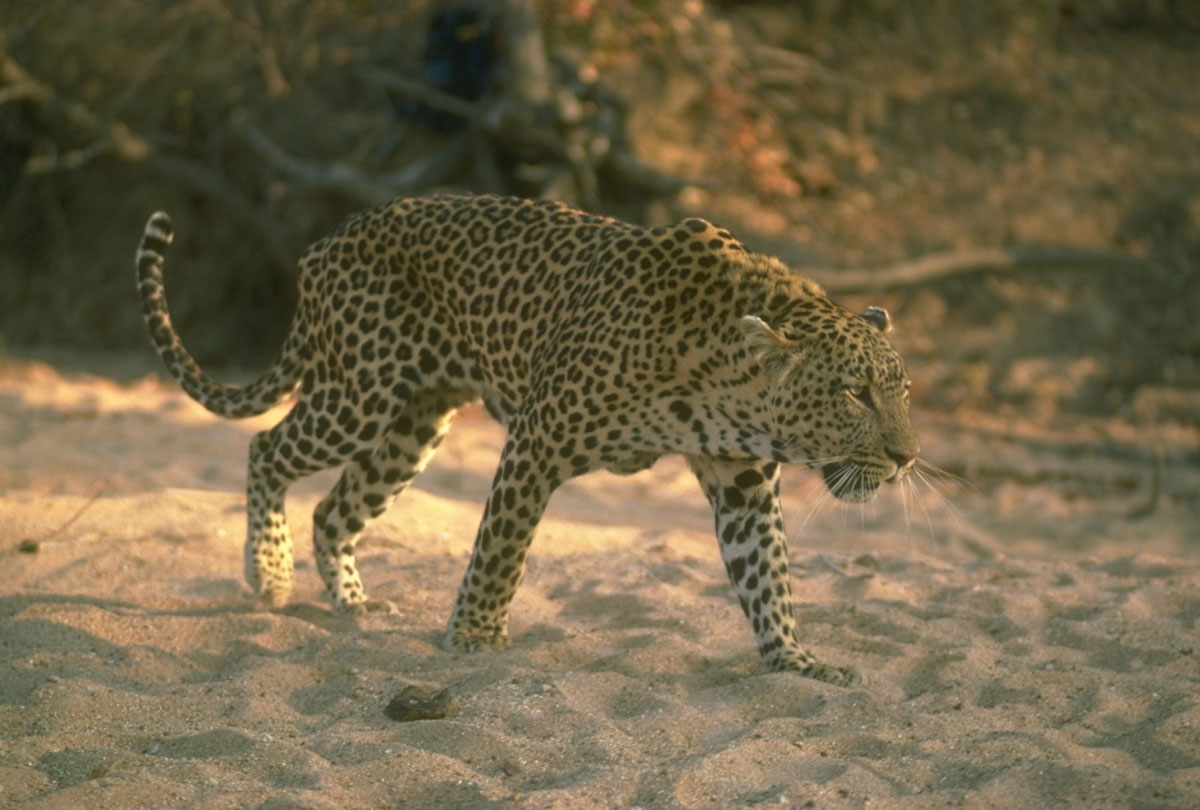 During the early days of CoP 16, SCI learned that the United States was using all its diplomatic assets to lobby for support of its proposal to list the polar bear on Appendix I.  It was alleged that the Director of the U.S. Fish and Wildlife Service made a trip to Europe prior to the CoP to lobby European ministers for support and that other countries were approached by the U.S. Department of State for support.  We lobbied hard in tandem with the Canadian Delegation to convince parties not to support the U.S.’s proposal.  This hard work proved successful on the fourth day of CoP 16.  The U.S. proposal to uplist the polar bear to Appendix I and a European Union alternative proposal to leave the bear on Appendix II with a substantive annotation with many precautionary conditions were both soundly defeated.  These proposals were not based on sound science and were opposed by the CITES Secretariat, the World Wildlife Fund and The Polar Bear Specialist Group of IUCN.  The U.S. proposal was a political attack on Canada and what is one of the world’s most successful management regimes with a history older than CITES itself.  The vote was 38 in favor of the U.S.’s proposed Appendix I uplisting, 42 against and 46 abstaining and so the proposal fell far short of the necessary two-thirds (2/3rds) required vote.  As noted, we helped to ensure this overwhelming defeat in many ways, including the direct lobbying of party delegates, putting the right people together to make influential floor statements to sway undecided delegates and circulating our Guide, which urged rejection of the U.S Proposal.
During the early days of CoP 16, SCI learned that the United States was using all its diplomatic assets to lobby for support of its proposal to list the polar bear on Appendix I.  It was alleged that the Director of the U.S. Fish and Wildlife Service made a trip to Europe prior to the CoP to lobby European ministers for support and that other countries were approached by the U.S. Department of State for support.  We lobbied hard in tandem with the Canadian Delegation to convince parties not to support the U.S.’s proposal.  This hard work proved successful on the fourth day of CoP 16.  The U.S. proposal to uplist the polar bear to Appendix I and a European Union alternative proposal to leave the bear on Appendix II with a substantive annotation with many precautionary conditions were both soundly defeated.  These proposals were not based on sound science and were opposed by the CITES Secretariat, the World Wildlife Fund and The Polar Bear Specialist Group of IUCN.  The U.S. proposal was a political attack on Canada and what is one of the world’s most successful management regimes with a history older than CITES itself.  The vote was 38 in favor of the U.S.’s proposed Appendix I uplisting, 42 against and 46 abstaining and so the proposal fell far short of the necessary two-thirds (2/3rds) required vote.  As noted, we helped to ensure this overwhelming defeat in many ways, including the direct lobbying of party delegates, putting the right people together to make influential floor statements to sway undecided delegates and circulating our Guide, which urged rejection of the U.S Proposal.
For the next several days there was much speculation and many rumors floating around that the United States might attempt to reopen the polar bear proposal during the Plenary Sessions on Wednesday and Thursday, March 13th and 14th.  The writer approached the acting head of the U.S. Delegation on this matter and he stated that he did not intend to try and reopen debate.  He told the truth and even though the speculation continued up to the time Committee I reported the results of the vote on the polar bear proposal for confirmation in the Plenary Session, the U.S. did not try to reopen the proposal.  So the polar bear issue is closed until CoP 17.  The U.S., having lost badly on its proposal in both CoP 15 and CoP 16, would be ill advised to make a third attempt.
On this same eventful day, Kenya wisely withdrew its proposal to ban southern white rhino hunting exports from South Africa and Swaziland.  Kenya also was embarrassed on this day into withdrawing its proposal to extend the elephant ivory sale moratorium to all range states with ivory stockpiles.  But, unfortunately there was another document on rhino conservation that was considered in Committee I on Friday, March 8th.  The discussions on this document lead the Chair to appoint a WG to consider requests by Kenya to add a ban on rhino trophy exports from South Africa and to establish a worldwide registry for all rhino horns.  SCI was appointed to this WG.  It met for six hours on Sunday, March 10th and again on Monday.  Fortunately, South Africa was also appointed to this WG, which was chaired by the United Kingdom.  Its report was presented to Committee I on Tuesday, March 12th.  The report killed the effort to require a registry for rhino horns and any ban on the export of South African rhino hunting trophies.  The report was adopted by consensus by Committee II, thus ending the rhino saga at CoP 16, except for a request at the last minute by Vietnam to revisit the definition of a hunting trophy.  Vietnam’s request was referred to the Standing Committee for action at its 2014 meeting but at the United States’ suggestion the issue will be confined only to rhino horn trophies and not all hunting trophies.
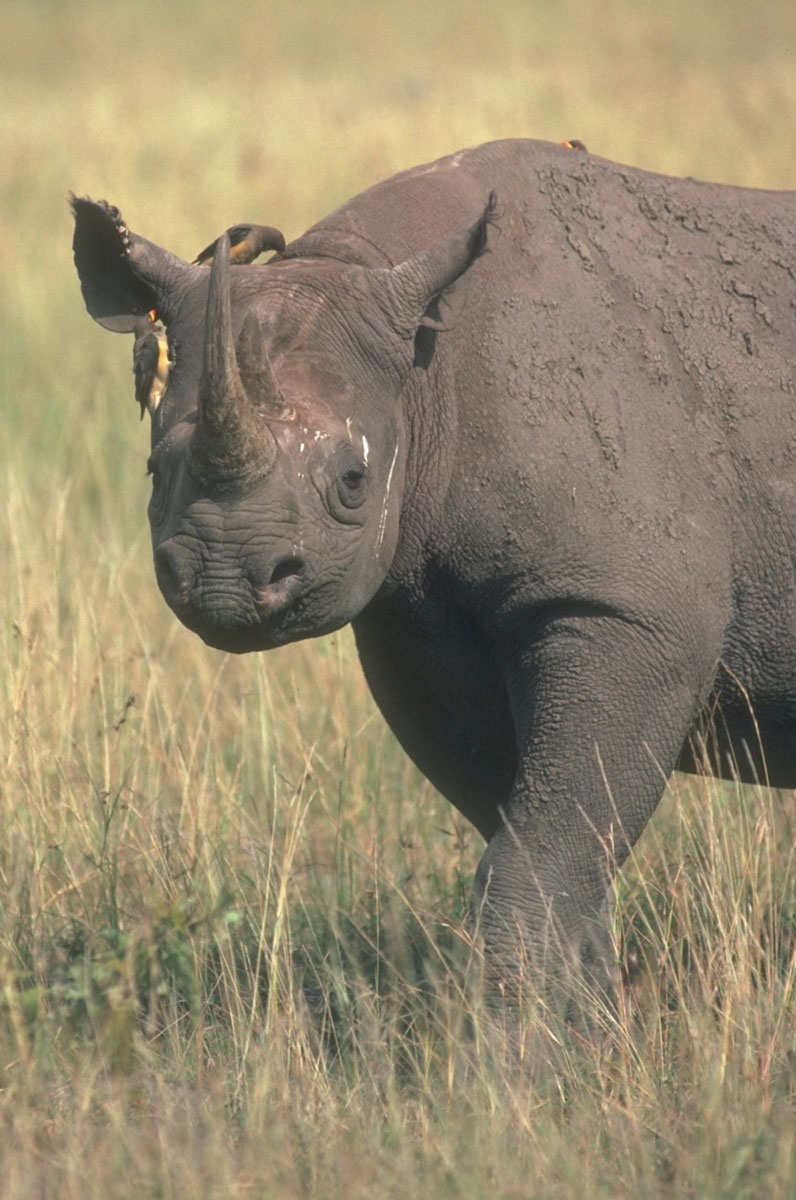 On Friday, Committee I adopted the document on NDFs referred to above.  The document sets forth non-binding “concepts” to be followed when exporting countries make NDFs for Appendix I and Appendix II animals subject to export quotas.  We believe it is important to have scientifically based NDFs but we did not wish to burden developing Asian and African range states with unrealistic and unnecessary bureaucratic requirements and SCI was a member of an inter-sessional WG that considered this issue between CoP 15 and CoP 16.  We and other parties were successful in making sure that the NDF document provides “concepts” and “guidelines” to be followed in making NDFs and does not set forth expensive mandates or rules on how NDFs have to be made by exporting range states.
On Friday, Committee I adopted the document on NDFs referred to above.  The document sets forth non-binding “concepts” to be followed when exporting countries make NDFs for Appendix I and Appendix II animals subject to export quotas.  We believe it is important to have scientifically based NDFs but we did not wish to burden developing Asian and African range states with unrealistic and unnecessary bureaucratic requirements and SCI was a member of an inter-sessional WG that considered this issue between CoP 15 and CoP 16.  We and other parties were successful in making sure that the NDF document provides “concepts” and “guidelines” to be followed in making NDFs and does not set forth expensive mandates or rules on how NDFs have to be made by exporting range states.
The document sponsored by the U.S., South Africa and Botswana on the language to be set forth in leopard export permits was adopted on Monday, March 11th.  SCI and South Africa had consulted each other and were in agreement on language that the U.S. also eventually agreed to that would make uniform the language required to show the numbers of leopards harvested for export in a particular year for both the export permit and the tag affixed to each leopard hunting trophy.  The CITES parties are looking at applying this same language system to exports of elephant, crocodiles and possibly markhor.  This new system should make the export of hunting trophies of these animals much easier for all hunters and stop the seizure by the U.S. of leopard trophies where the permits did not set forth the language the U.S. thought was necessary.
SCI and SCIF accomplished all of their goals at CITES CoP 16 as follows:
- Lion ‚Äì Prevented any bans or reductions of trophy exports and got agreement for CITES to wait for the conclusion of ongoing lion Periodic Review before coming to any conclusions about the status of the species. However, in individual discussions with a couple of SCI Delegation members, the CITES Secretariat flatly noted we should “watch out and expect a full frontal charge for listing lions as endangered at the next COP.”
-  Polar Bear – Defeated for the second time the U.S. proposal to list polar bear on Appendix I (endangered).
- Rhino – Defeated the Kenyan proposal to ban white rhino trophy exports from South Africa and assisted in adopting measures to end rhino poaching while avoiding any burdensome regulation of legitimate hunting.
- Elephant –Achieved movement toward a non-political mechanism for deciding whether elephants can be sustainably used by range state through sale of ivory from stockpiles of tusks from natural elephant mortality.
- Achieved good science without destroying hunting and conservation – Achieved reasonable non-binding NDF “concepts” to promote the required scientific “non-detriment” findings for CITES permits and got more realistic programs for assisting developing countries to find the resources they need to make their NDFs.
- Helped End hassles for hunters importing their leopard trophies – Got changes to the permit and tagging system for leopards and hopefully eventually for elephants and other species that should bring uniformity and an end to the rash of seizures on such shipments coming into the U.S.
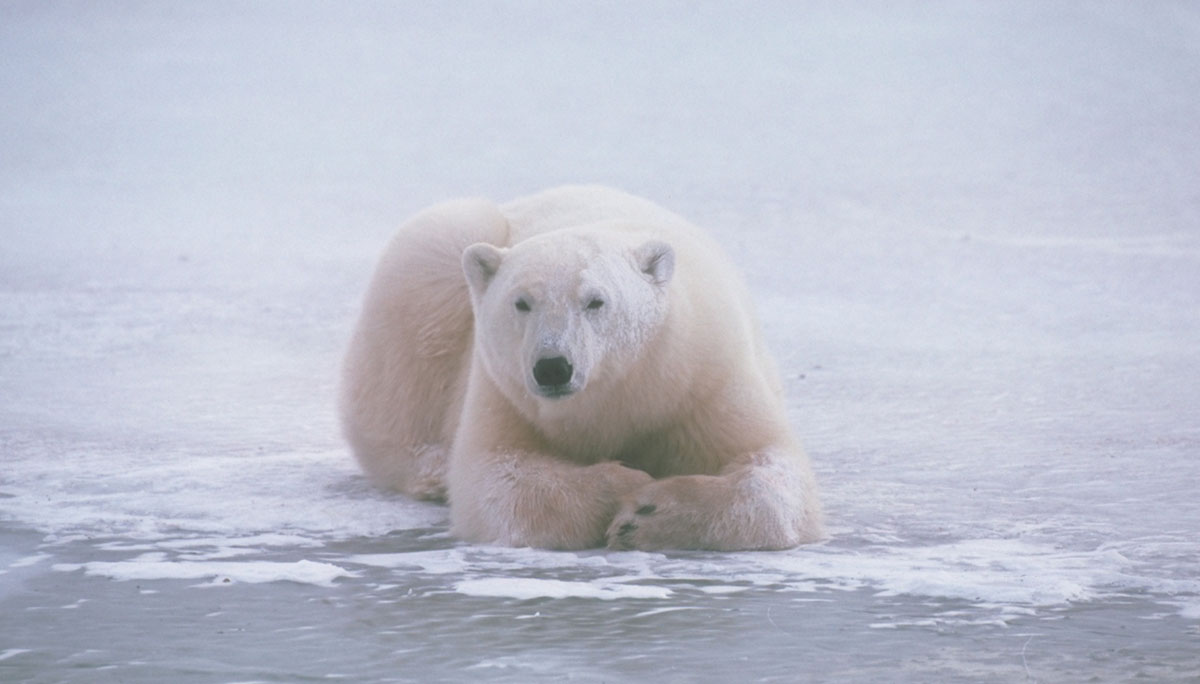 CITES accepted the invitation of South Africa to hold CoP 17 in South Africa in 2016.  The host city will likely be Durban or Cape Town and March or November are the likeliest dates.  The final decisions will be made over the next several months in negotiations between the CITES Secretariat and the government of South Africa.  The Minister of Tourism and Environment for South Africa, in delivering her invitation, highlighted South Africa’s success in rhino conservation – something in which hunters have played an important and critical role.
CITES accepted the invitation of South Africa to hold CoP 17 in South Africa in 2016.  The host city will likely be Durban or Cape Town and March or November are the likeliest dates.  The final decisions will be made over the next several months in negotiations between the CITES Secretariat and the government of South Africa.  The Minister of Tourism and Environment for South Africa, in delivering her invitation, highlighted South Africa’s success in rhino conservation – something in which hunters have played an important and critical role.
Finally, the animal protectionists, led by SSN, will be back in force at CoP 17.  During CoP 16 they spoke of the importance of protecting elephants, rhinos, and marine species.  There were other NGOs who echoed SSN, particularly in relation to the listing of sharks and other commercially fished marine species – a major victory for the protectionists at CoP 16 despite the fact that CITES is not designed for oceanic fisheries management.
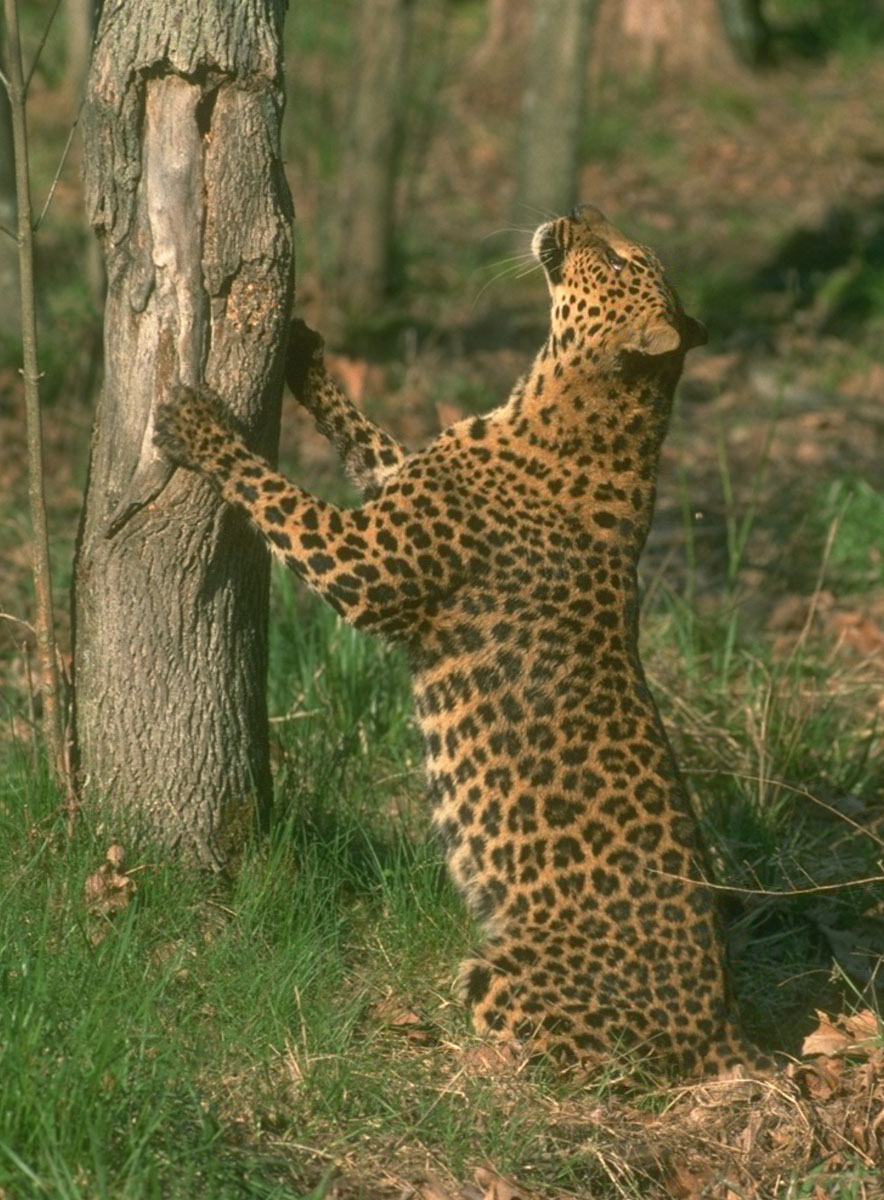 At CoP 16, hunters were not the primary focus of the protectionists (except on rhinos).  The sharks and polar bears were their primary goals.  They lost on polar bear and won by a narrow margin on sharks.  CoP 17 is likely to be different.  Lions, elephants, and rhinos will all be front and center again irrespective of what sound science may say about the status of these species or the victories at CoP 16.  The hunting and sustainable use community faces a juggernaut of protectionism.  The fact that hunting is an important factor in the conservation of these species will make no difference in the drive to list species and restrict access to them and benefits from them.  SCI and SCIF are starting to do good, smart and cost-effective preparation, beginning now, so that we can hopefully be as effective in achieving our goals at CoP 17 as we were at CoP 16!РJohn R. Monson, Esq., Chief SCI and SCIF CITES CoP 16 Delegations
At CoP 16, hunters were not the primary focus of the protectionists (except on rhinos).  The sharks and polar bears were their primary goals.  They lost on polar bear and won by a narrow margin on sharks.  CoP 17 is likely to be different.  Lions, elephants, and rhinos will all be front and center again irrespective of what sound science may say about the status of these species or the victories at CoP 16.  The hunting and sustainable use community faces a juggernaut of protectionism.  The fact that hunting is an important factor in the conservation of these species will make no difference in the drive to list species and restrict access to them and benefits from them.  SCI and SCIF are starting to do good, smart and cost-effective preparation, beginning now, so that we can hopefully be as effective in achieving our goals at CoP 17 as we were at CoP 16!РJohn R. Monson, Esq., Chief SCI and SCIF CITES CoP 16 Delegations


